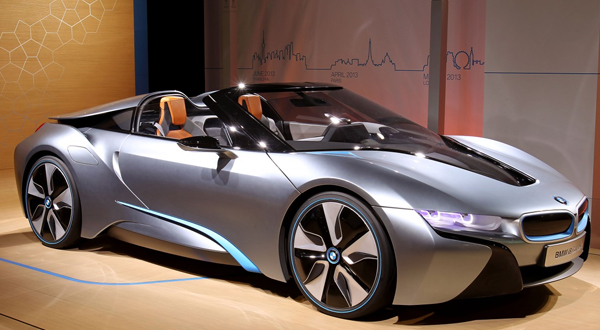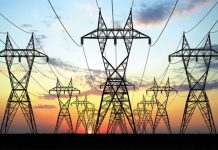As CES is just around the corner at Las Vegas, BMW is expected to focus on the car’s electric motor and energy recovery system.
BMW could also introduce a power upgrade using a larger internal combustion engine and a higher-capacity battery.
Experts suggests a 2.0-liter turbo four could be used in both the convertible, coupe and the roadster.
In December 2013, officials revealed the car was presenting “major challenges” to its engineers.
These challenges included translating the carbonfibre-reinforced plastic body shell construction of the i8 into a convertible format.
Earlier this year, BMW also revealed a modified i8 coupe that runs on hydrogen.
It can travel 300 miles on one tank of hydrogen, with refuelling taking about five minutes.
The two-door coupé relies on carbon fibre construction to keep its weight down and also features an aerodynamic package developed at BMW’s wind tunnel in Munich.
Energy for the fuel stack is provided by cryogenically stowed hydrogen contained in a cylindrical tank mounted down the centre line of the car’s platform and oxygen provided by cooling air.
Power is put at 242bhp – 115bhp less than the petrol-electric hybrid system used by the production i8.
However, BMW stresses car will deliver ‘instantaneous power delivery and impressive dynamics’, and refuelling in under five minutes.





